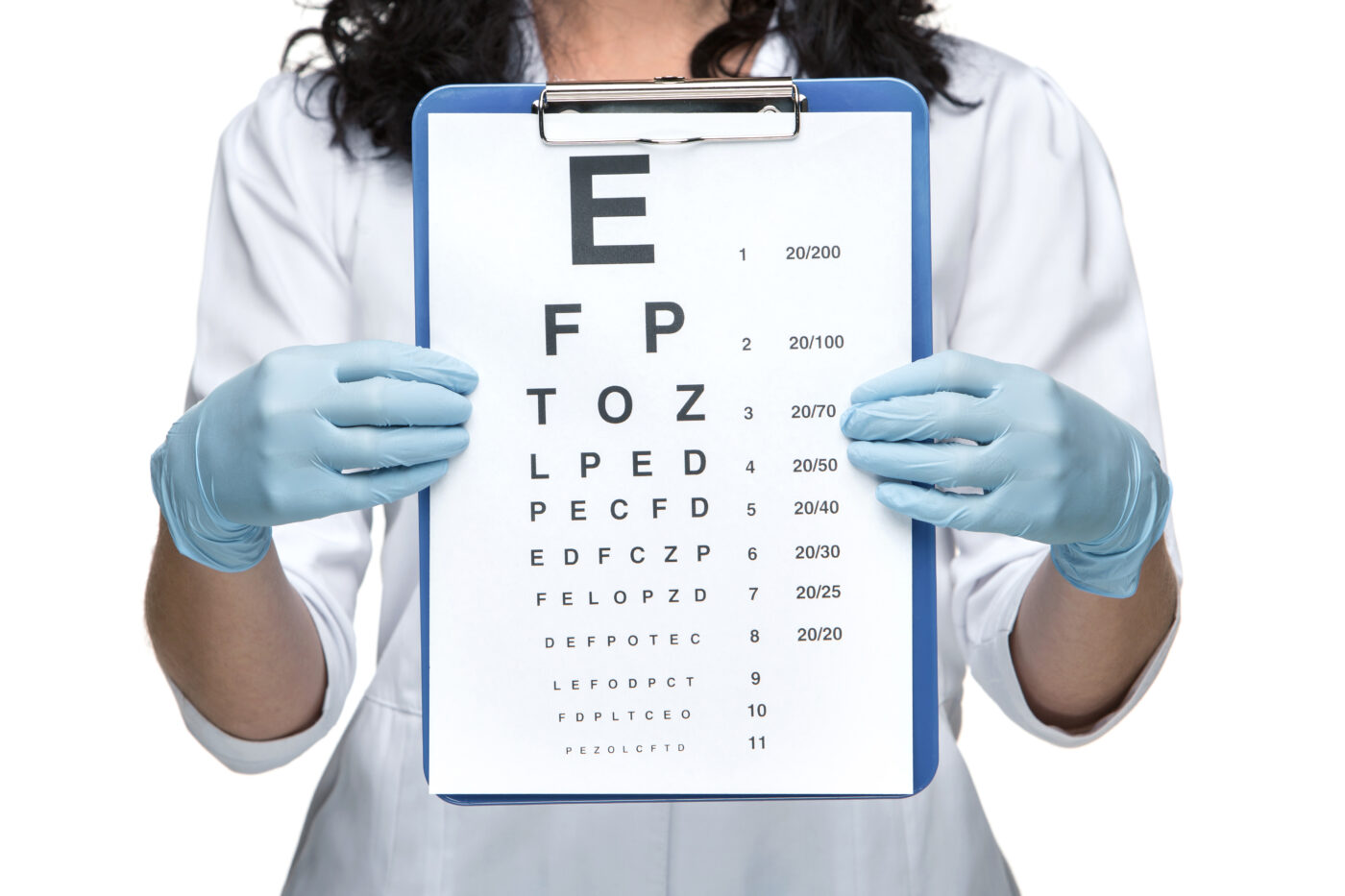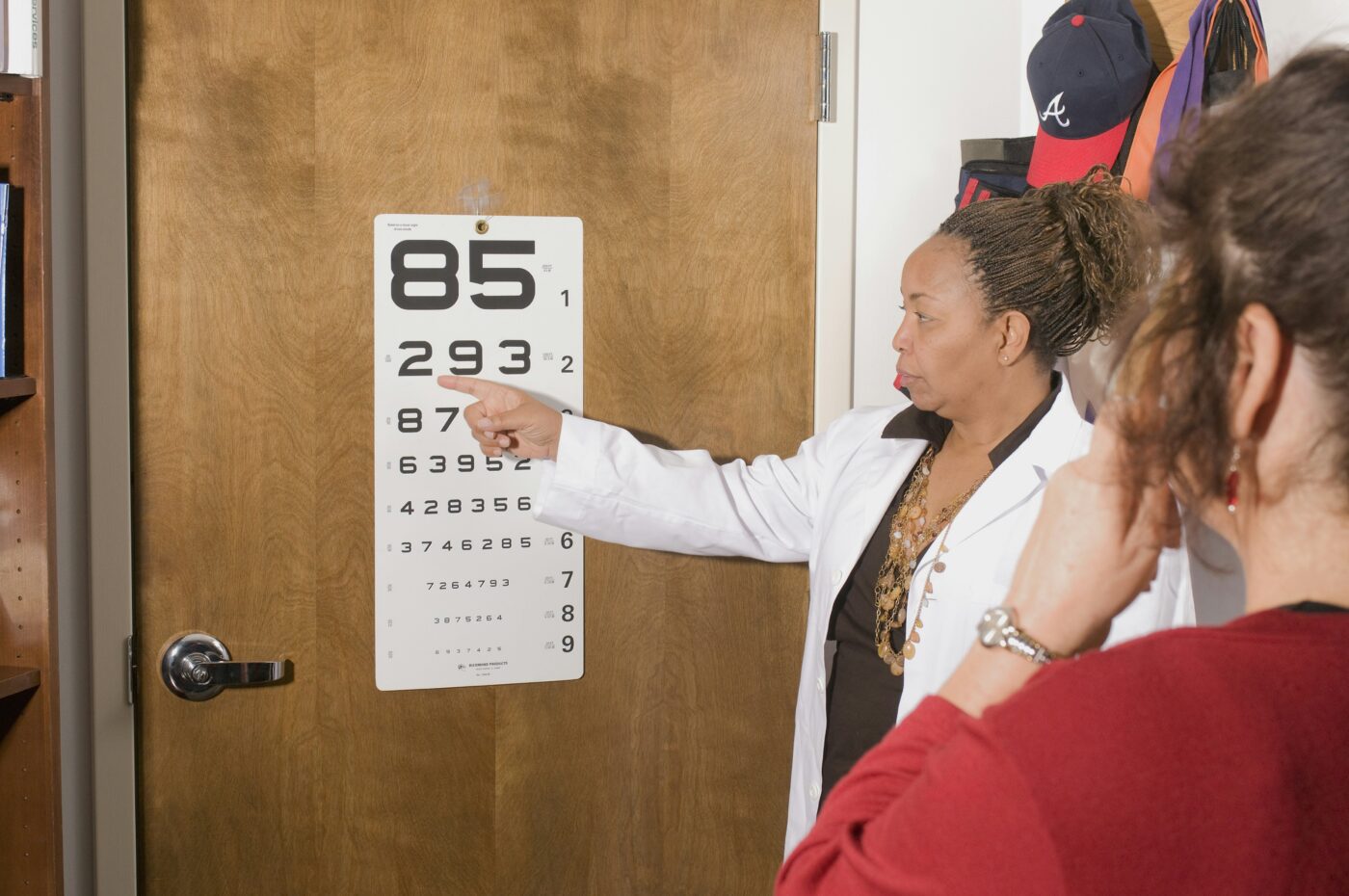Understanding 20/20 vision is fundamental to appreciating the remarkable capabilities of the human eye. The term “20/20 vision” has become synonymous with normal vision. But what exactly does this notation signify? In essence, it’s a standardized measurement employed by ophthalmologists to assess visual acuity, which refers to the clarity or sharpness of your central vision.
Imagine standing 20 feet from a standardized eye chart. If you can effortlessly discern the letters or symbols on the line designated “20/20,” it indicates that your visual acuity is within the normal range. Conversely, if you require positioning yourself closer to the chart to see the same line clearly, it suggests reduced visual acuity.
The Measurement Process: How Is 20/20 Vision Assessed?
A routine eye examination typically incorporates a visual acuity test using a Snellen chart. This chart features rows of letters or symbols progressively diminishing in size as you move down the chart. During the test, one eye is covered at a time while you’re asked to read the smallest line of letters you can decipher with clarity. The notation for the test result is expressed as two numbers separated by a slash.

The first number represents the distance you stand from the chart (typically 20 feet). The second number signifies the distance at which a person with normal vision would be able to discern the same line you see clearly. For instance, a test result of 20/40 indicates that you must be positioned at 20 feet to see what someone with normal vision can see from 40 feet away.
Visual Acuity: Beyond the 20/20 Benchmark
While 20/20 vision is considered the standard for normal visual acuity, it’s crucial to recognize that it doesn’t encompass every facet of vision. Here’s a closer look at some additional aspects that contribute to overall visual function:
- Peripheral Vision: This refers to your ability to detect objects or movement outside your central field of view. It’s essential for activities like driving and navigating your surroundings.
- Depth Perception: This enables you to gauge the distance between yourself and objects in your environment. It’s a vital function for tasks like catching a ball or pouring a cup of liquid without spilling.
- Color Vision: The capacity to distinguish between different colors is necessary for appreciating the vibrancy of the world around us and for certain occupations such as graphic design or electrical work.
- Night Vision: This pertains to your ability to see in low-light conditions. It’s facilitated by specialized cells in the retina called rods.
Maintaining healthy vision throughout your life is paramount. Here are some key strategies you can incorporate into your routine:

- Schedule Regular Eye Exams: Regular eye checkups, even if you’re experiencing no apparent problems, are essential for early detection and management of potential eye conditions.
- Embrace a Balanced Diet: Ensure your diet incorporates essential nutrients like vitamins A, C, and E, lutein, and zeaxanthin, which all contribute to optimal eye health.
- Shield Your Eyes from UV Rays: Protect your eyes from the sun’s harmful ultraviolet rays by sporting sunglasses that block UVA and UVB rays.
- Maintain a Healthy Lifestyle: Practices like not smoking, managing stress levels, and getting adequate sleep can all contribute to preserving good vision.
By understanding the intricacies of 20/20 vision and incorporating these eye-care practices into your life, you can safeguard your precious gift of sight and experience the world in all its clarity and vibrancy.
Source: https://my.clevelandclinic.org/health/diseases/8561-2020-vision
Categories:



